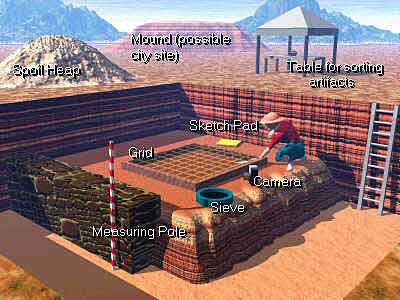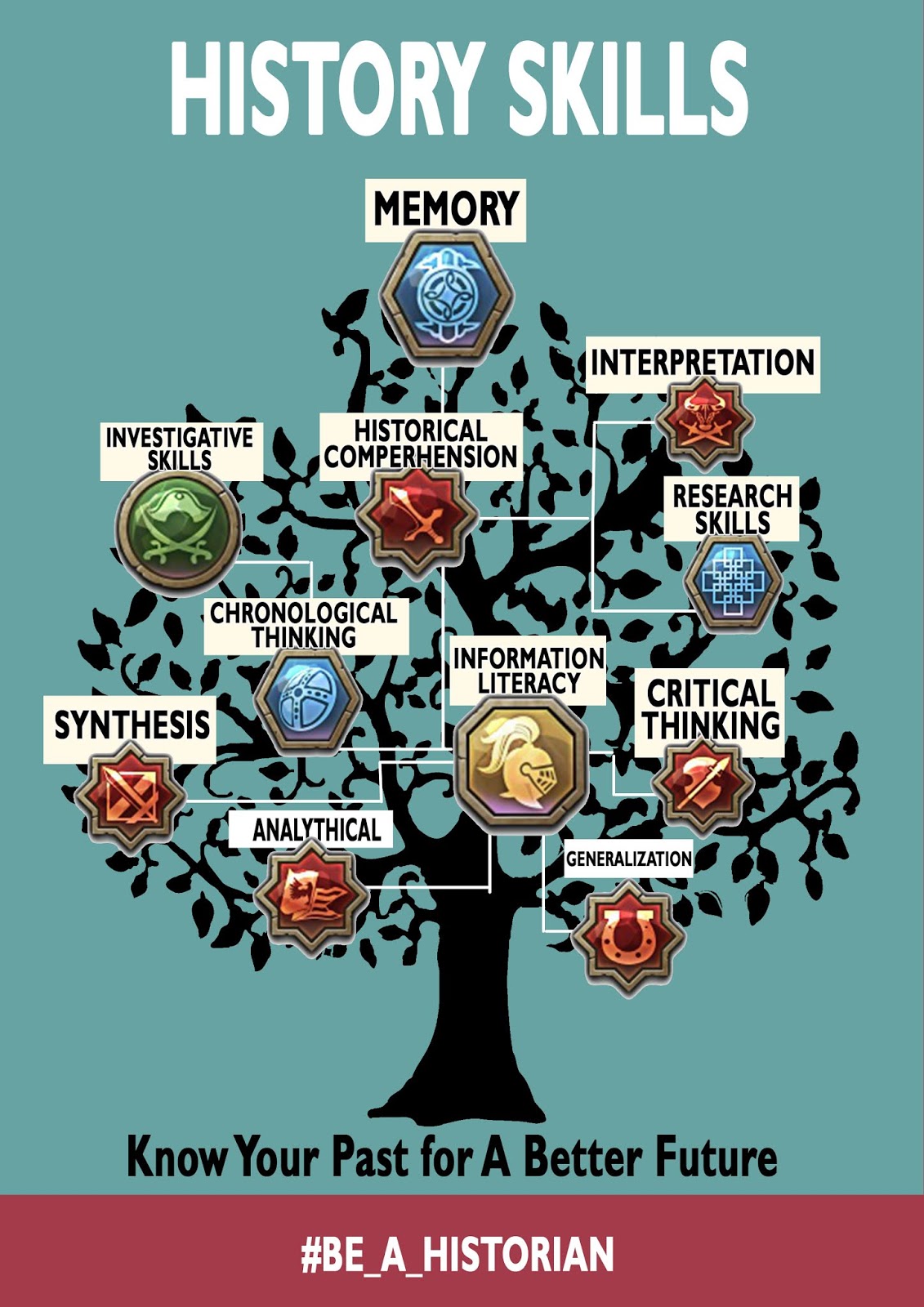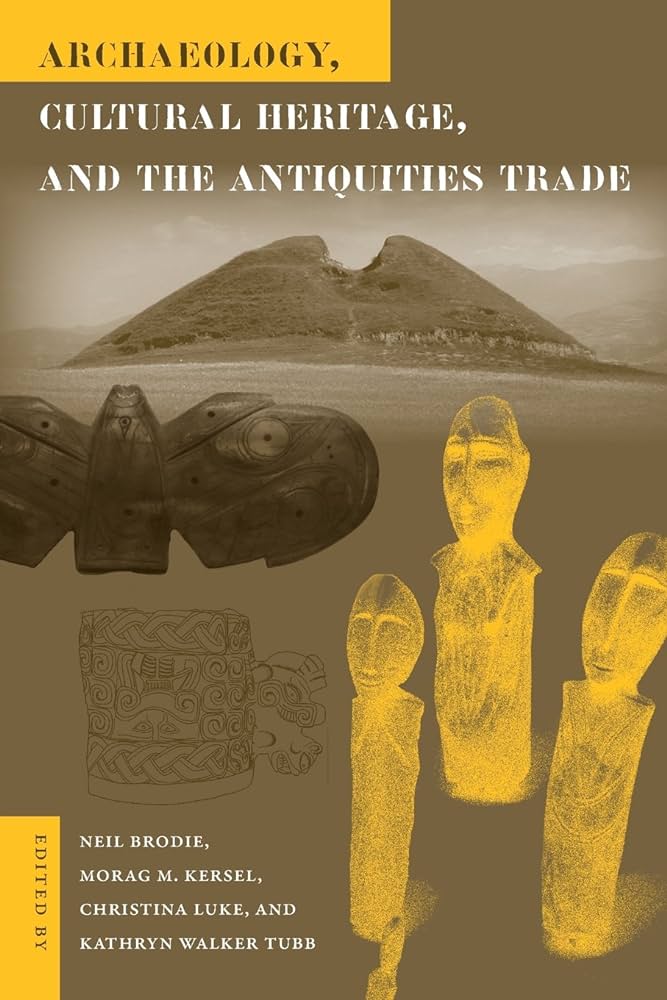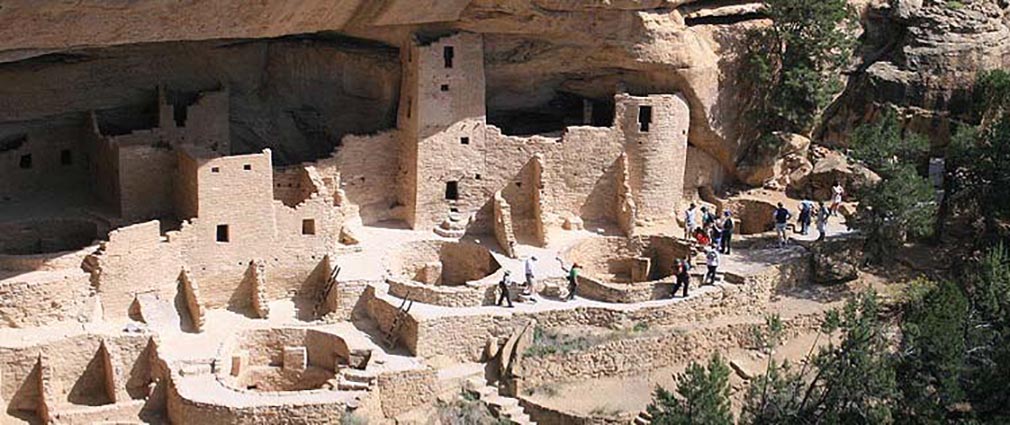Title: Exploring Archaeological Theory – A Historical Perspective
Introduction:
Welcome to our blog post on exploring archaeological theory from a historical perspective. In this article, we delve into the fascinating world of archaeology, tracing the evolution of archaeological theories throughout history. Join us as we uncover the key theories, their proponents, and their impact on shaping our understanding of the past. Let’s get started!
Keywords: archaeological theory, historical perspective, evolution of theories
Evolution of Archaeological Theory:
Archaeology has evolved significantly over time, and various theories have emerged to explain the complexities of the archaeological record. Understanding the historical context of these theories is crucial for appreciating the foundations upon which modern archaeology stands.
1. Culture-Historical Approach:
The culture-historical approach dominated archaeological thinking in the late 19th and early 20th centuries. Its proponents focused on establishing chronological sequences and classifying artifacts to trace the spread and development of cultures. This approach laid the groundwork for modern archaeological methodologies.
Keywords: culture-historical approach, chronological sequences, artifact classification
2. Processual Archaeology:
In the 1960s, a paradigm shift occurred with the rise of processual archaeology. Influenced by scientific methods, this approach emphasized the study of cultural processes rather than mere description. By employing interdisciplinary research methods, processual archaeologists sought to uncover the underlying sociocultural and environmental factors that influenced past societies.
Keywords: processual archaeology, scientific methods, cultural processes
3. Postprocessual Archaeology:
Towards the 1980s, a critical response to processual archaeology emerged, giving rise to postprocessual archaeology. This theoretical approach acknowledged the subjective nature of archaeological interpretation and advocated for a more inclusive and diverse interpretation of the past. Attention was placed on challenging traditional power structures and giving voice to marginalized groups.
Keywords: postprocessual archaeology, subjective interpretation, inclusivity
4. Cognitive Archaeology:
Cognitive archaeology, which gained prominence in the 1990s, examines the cognitive processes and mental frameworks of past societies. By studying symbolic artifacts and structures, researchers try to reconstruct the ways in which ancient cultures perceived and processed the world around them. This approach sheds light on the social and ideological aspects of human cognition.
Keywords: cognitive archaeology, symbolic artifacts, mental frameworks
Conclusion:
Exploring archaeological theory through a historical perspective provides us with valuable insights into the development of the field. From the culture-historical approach to processual archaeology, and from postprocessual archaeology to cognitive archaeology, the evolution of these theories has significantly enriched our understanding of the past.
Keywords: archaeological theory, historical perspective, evolution, understanding the past
We hope this blog post has provided you with a concise overview of the key archaeological theories and their historical progression. By delving into the cultural, scientific, and interpretive aspects of archaeological theory, we gain a deeper appreciation for the depth and complexity of human history. Stay curious and join us for more exciting archaeological explorations in the future.
Keywords: archaeological exploration, human history, curiosity











